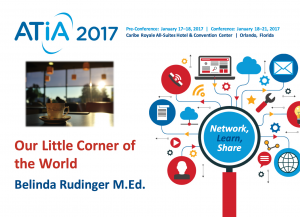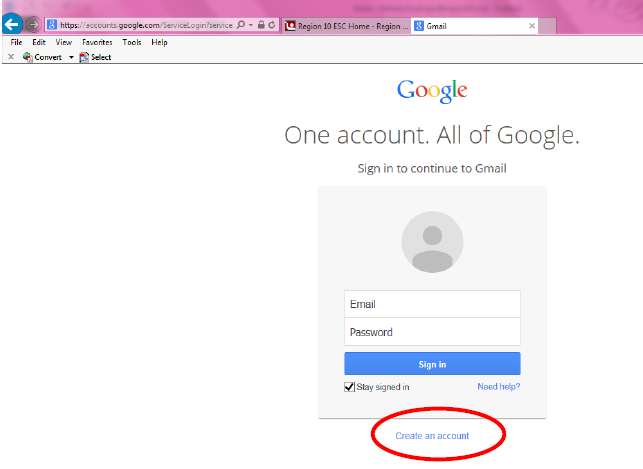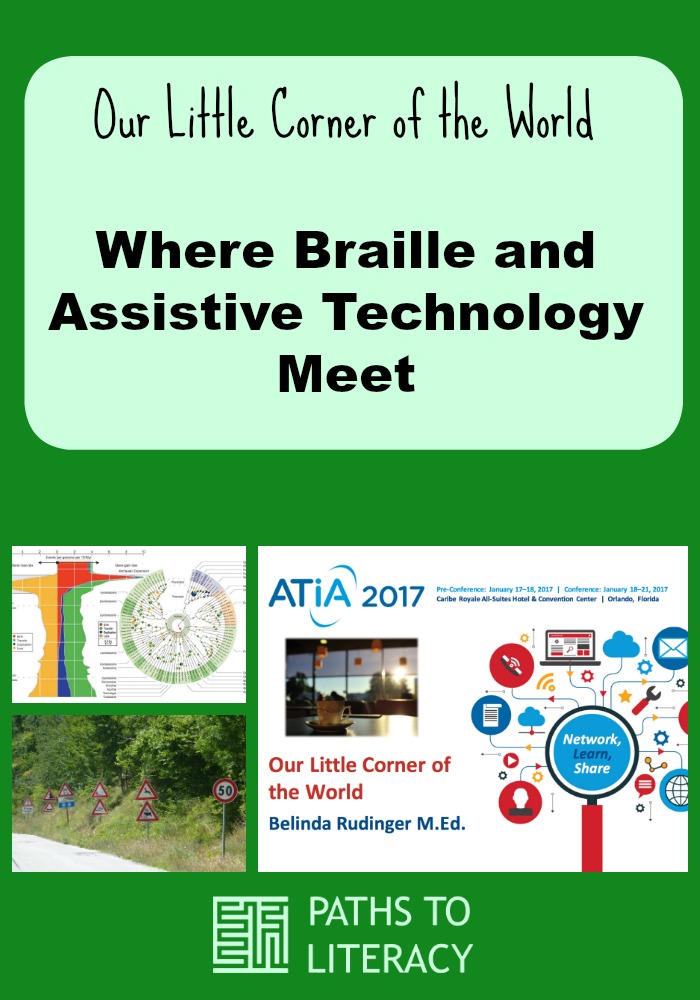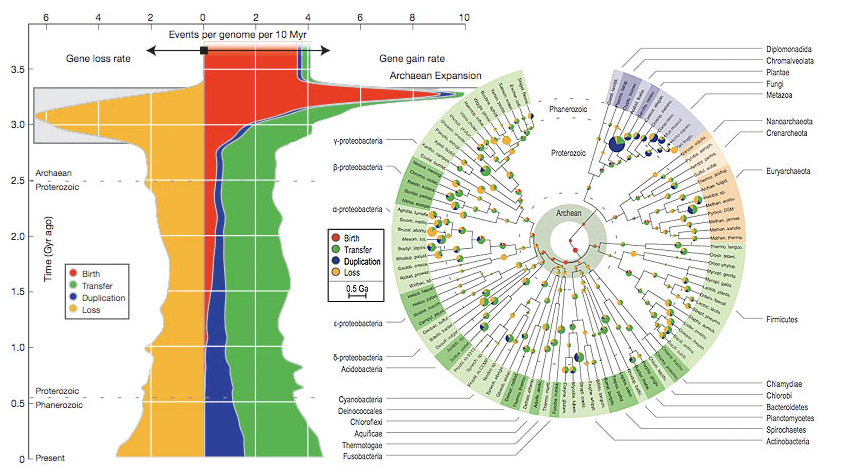Our Little Corner of the World: Where Braille and Assistive Technology Meet
Submitted by Belinda Rudinger on Jun 21, 2017

Editor's Note: The author has generously shared this powerpoint presentation, which was originally presented at the ATIA Conference in Orlando, Florida, January 2017. Download a pdf of the original presentation.
What technology means to me
- Love
- Family
- Connection
Introductions
-
Who am I?
- VI Assistive Technology Consultant for large education service center
-
Who are you?
- Educational role
- Experience with students with visual impairments
- Biggest frustration with technology
-
Something you love about technology

What’s on the menu?
- Categories and competencies
- Problems and solutions
- Resources for the TVI on the go (besides caffeine!)
Categories of Visual Impairment
Low Vision
- 20/70 to 20/200 after best correction, OR
- Visual field of 50 degrees
Functional Blindness/Blindness
- Light perception or less
- Unable to efficiently use residual vision
Cortical Visual Impairment
- Neurological condition resulting in difficulty interpreting visual information
(Wisconsin Assistive Technology Initiative, Assessing Students’ Needs for Assistive Technology (ASNAT) 5th edition, Chapter 12, Vision, Jaroslaw Wiazowski, Ph.D. www.wati.org)
Key Differences: VIAT vs AT
- AT is normally covered in the Accommodations section rather than reflected in minutes of instruction.
- AT is a key component of the VI Expanded Core Curriculum—therefore, instructional goals specific to equipment use may be written. Students must learn how to use their equipment before they will need it to access and produce content.
- Collaboration takes on a whole new meaning. Unlike mainstream technology, many proprietary devices can be intimidating to parents, teachers, etc. These same people are crucial to supporting technology use in natural environments.
- VI is a shortage field—TVIs do not receive much, if any, training in AT, even though they are responsible for instruction.
Assistive Technology for People with Visual Impairments
- 111 Competencies (Journal of Visual Impairment & Blindness, 2009. Smith et al. pp. 462-467)
VIAT Domains
- Foundations
- Disability Related AT
- Instructional Strategies
- Learning environment
- Access to information
- Instructional Planning
- Assessment
- Professional Development
- Collaboration
Low Vision Domains
- Instructional Strategies
- Environment/Collaboration
- Use
No Vision vs. Low Vision
No Vision
- Technology is more complicated
- Students have to use available technology
- Teachers/Staff are very aware that student has a visual impairment
Low Vision
- Technology is more intuitive
- Students are resistant to using available technology
- Teachers/Staff have little to no idea the degree to which a student has a visual impairment
Low Vision Issue #1: They don’t know what they can’t see
- Missing pieces of the environment: non-existent pictures on the wall, tiny invisible icons
- Social cues: a friend is reaching out for a high five
- Missing the full picture: the Gestalt of a graph, chart, diagram in its entirety


Low Vision Issue #2: They don’t want to look different
- They want to hide their visual impairments…and often they can
- The older they are, the worse this becomes…
- Large print vs. devices
- Mainstream vs. VI specific devices
Large Print vs. Regular Print + Magnification Devices
Large Print
- More planning and preparation for teachers
- Cheap
- Will not be available at universities or most workplaces
- Can delay fluent use of magnification devices
- LP textbooks do not have color and are bulky
- LP standardized tests are not very large print (usually 14 pt. max)
- Regular Print + Magnification Devices
- No work for teachers
- One time cost of device purchase
- Will be the option once student enters the world of university or the workplace
- Homeschool example
- Substitute example
Mainstream vs. VI Specific Devices
VI Specific
- Targeted toward VI population
- Allow for bookmarks and levels
- Not immediately well received by users
- Sometimes more expensive
Mainstream
- Easily accepted
- Frequently cheaper
- Not created with accessibility in mind
Low Vision Issue #3: Their teachers don’t realize what they don’t see…
- The students don’t seem different, so the teachers may not consistently provide accommodations
- The students have a vested interest in not standing out, so they reinforce the teacher’s actions
- It’s a vicious cycle!
Low Vision Issue #4: They persist in inefficient use of computers
Low Vision Issue #5: Collaboration

Blindness Domains
- Access to information
- Tools/Types of AT
- Use
- Environment/Collaboration
Blindness Issue #1: Sighted people are intimidated by braille and its devices
- Potential lack of environmental /systemic support for non-visual devices
- TVIs lack braille experience because of low number of users
- Learning curve for devices
- Mainstream vs. VI specific devices
Mainstream vs. VI specific devices
VI Specific
- Targeted toward VI population
- Designed with user in mind
- Allow for bookmarks and levels
- Difficult for parents, classroom teachers, even TVIs
- Expensive and difficult to repair
- Vendor technical support available
Mainstream
- Easily accepted
- Frequently cheaper
- Not created with accessibility necessarily in mind
- Steeper learning curve with no technical support
- Gap between hardware and software—students are often left stranded in the middle
- Mainstream/Proprietary Combinations…
Blindness Issue #2: Embossed braille vs. Electronic braille
Embossed Braille
- Necessary for young students
- Students can access multiple pages of braille rather than 14-40 cells
- Bulky, heavy textbooks
- No learning curve
- Necessary through college for math, science, foreign language study, graphics
- Takes “a special set of skills” to produce (Example: Just Add Water)
- Costs include production time, planning time, embosser, software, and paper
- Low teacher and administrative support/understanding (Example: covert benchmark missions)
Electronic Braille
- Great for literary documents for older students
- Puts control, responsiveness and immediacy in the hands of the reader
- Portable, lightweight
- Students can only access 14-40 cells at a time
- Immediate braille gratification (Bookshare example)
- Learning curve
- Costs include device purchase and training time; potential is there to make a return on investment!
- Text files can be easily read—easier to handle last minute braille emergencies
- Auditory feedback
Blindness #3: Accessibility
- Screen readers can’t accommodate programs and applications that weren’t built with accessibility in mind: Spreadsheet example.
- By the time a district has purchased an inaccessible resource, it’s too late—the student is caught in the middle: Test Prep Example.
- Lack of accessibility training and awareness on multiple, systemic levels
- Students must learn to use assistive technology to access devices and information already available to sighted users—this is an additional hurdle.
Blindness Issue #4: Learning to read
- With its 200 contractions and many rules, braille is its own code—it is not simply the alphabet represented tactually. Students learn this above and beyond learning to read.
- Students are expected to learn to read and write without the visual clues available to sighted learners. (Guided Reading is an exercise in frustration—only predictive texts will work.)
- Students must be explicitly taught phonetic concepts and patterns that aren’t immediately available visually (example, v-c-e words).
- Some students may need tactual symbols or Grade 1 braille rather than learning fully contracted braille.
- Little fingers can’t run across a page quickly enough to take in everything a sighted person sees in just one glance (headings, bolded words, side notes, pictures).
- Even the best braille reading rates are lower than sighted reading rates.
Blindness Issue #5: Hours in the day
- These students need assistive technology to read, write, and do mathematics
- These students have to spend a LOT of time learning to use the very technology that will make it possible to access content and the general curriculum.
- “For people without disabilities, technology makes this easier. For people with disabilities, technology makes this possible.” –Mary Pat Radabaugh
Cortical Visual Impairment Domains
- Tools/Types of AT
- Environment/Collaboration
CVI Issue #1: Vision fluctuates daily
- Students’ vision may seem to change from one day to the next
- A spectrum of support may be needed to accommodate different days
CVI Issue #2: Visual Clutter
CVI Issue #3: Contrast

AT is a tool, not an end it itself.
Reading Options
- Make it auditory
- Make it bigger
- Make it into braille
- Make it less distracted
- Make it stand out
Writing Options
- Use special pens and paper
- Use a braillewriter
- Use a keyboard
- Use dictation
- Use symbols
- Use auditory support
Math Options
- Use a talking calculator
- Use a large print calculator
- Use a calculator under a magnification device
- Use manipulatives with tactile/braille labels
- Use tactile graphics
- Use auditory graphing software/calculators
Computer, Phone, & Tablet Options
- Use a screen reader
- Use magnification options
- Use a braille display
- Use internet options wisely
- Browsers that limit distractions or add enhancements
- Text extraction
- Theme customization
- Other tips and tricks
Resources for the TVI on the GO!




